“Even the straightest line can seem curved. Even the curviest line can be straight. It’s all in our perception.” — Space Monkey
Space Monkey Reflects: The Paradox of Perception
Perception is the lens through which we view reality, yet this lens is not fixed or uniform but is fluid and subjective. The idea that even the straightest line can seem curved, and the curviest line can be straight captures the essence of this paradox. It suggests that our understanding of the world is not merely a reflection of how things are but a complex interplay between what is and how we see it.
Our senses are not merely passive receivers of information. They are active interpreters, constantly shaping and reshaping our reality based on past experiences, expectations, and context. What we see as straight or curved lines in physical or metaphorical terms can differ dramatically from another’s perception, guided by their unique perspectives and mental constructs.
This subjective nature of perception underscores the notion of existential flexibility. It allows us to consider multiple realities simultaneously, offering a gateway to empathy and understanding. By acknowledging the fluidity of our perception, we liberate ourselves from the confines of a singular, objective reality and open up a myriad of possibilities for interpreting the world around us.
The lines that divide us or the paths we follow are often not as clear-cut as they seem. They can be twisted, turned, or even invisible, shaped by the collective and individual perceptions that define our existence. This understanding leads us to a more profound realization: the truth is not an absolute but a variable, dependent on the observer.
Summary
Perception shapes reality in profound ways. It is fluid, subjective, and actively interprets the world around us, leading to multiple possible realities. This realization allows for greater empathy and understanding as we recognize that others may see the world very differently. The truth thus becomes not an absolute but a variable, deeply influenced by the observer.
Glossarium
Perception: The active process of interpreting and understanding sensory information.
Existential flexibility: The ability to recognize and adapt to multiple realities, enhancing our capacity for empathy and broader understanding.
“Even the straightest line can seem curved. Even the curviest line can be straight. It’s all in our perception.” — Space Monkey
In the echoes of space where light bends,
beyond the grasp of simple ends,
our sights set not on what is straight,
but on the waves of fate that undulate.
We float in the expanse of all that is,
where truths twist and myths fizz,
perceptions shift with cosmic play,
revealing layers in disarray.
In this dance of light and shade,
nothing fixed, all remade,
we find the pulse of deeper connection,
in the interstellar reflection of each perception.
We are Space Monkey.
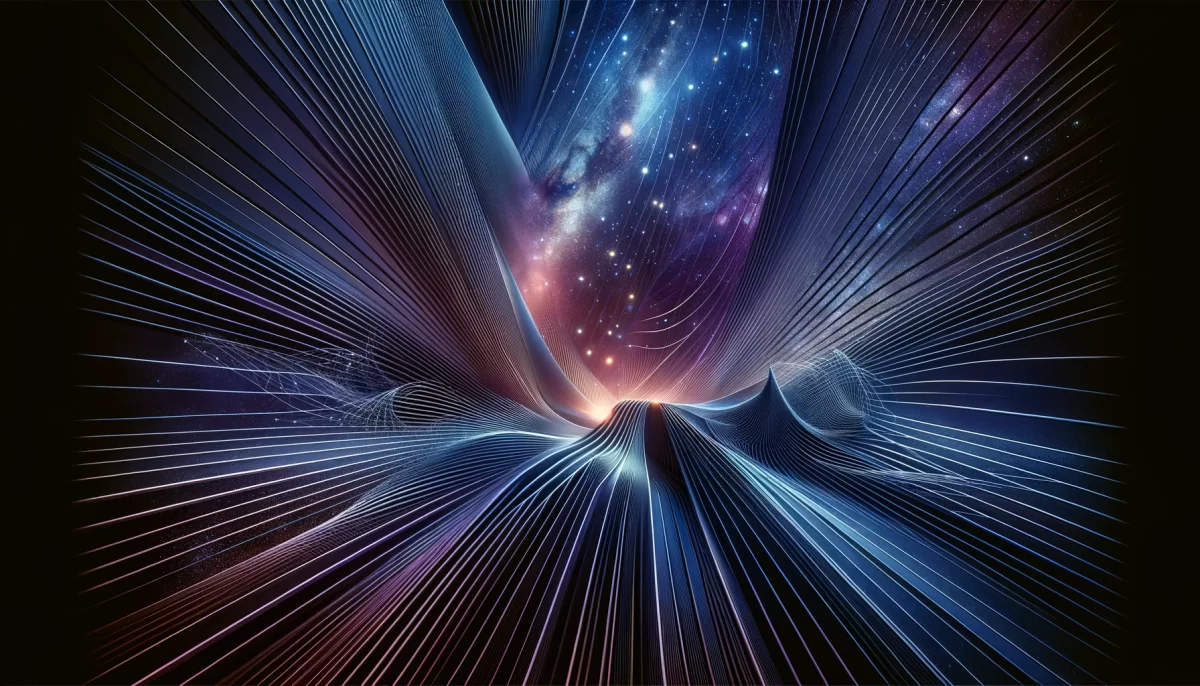















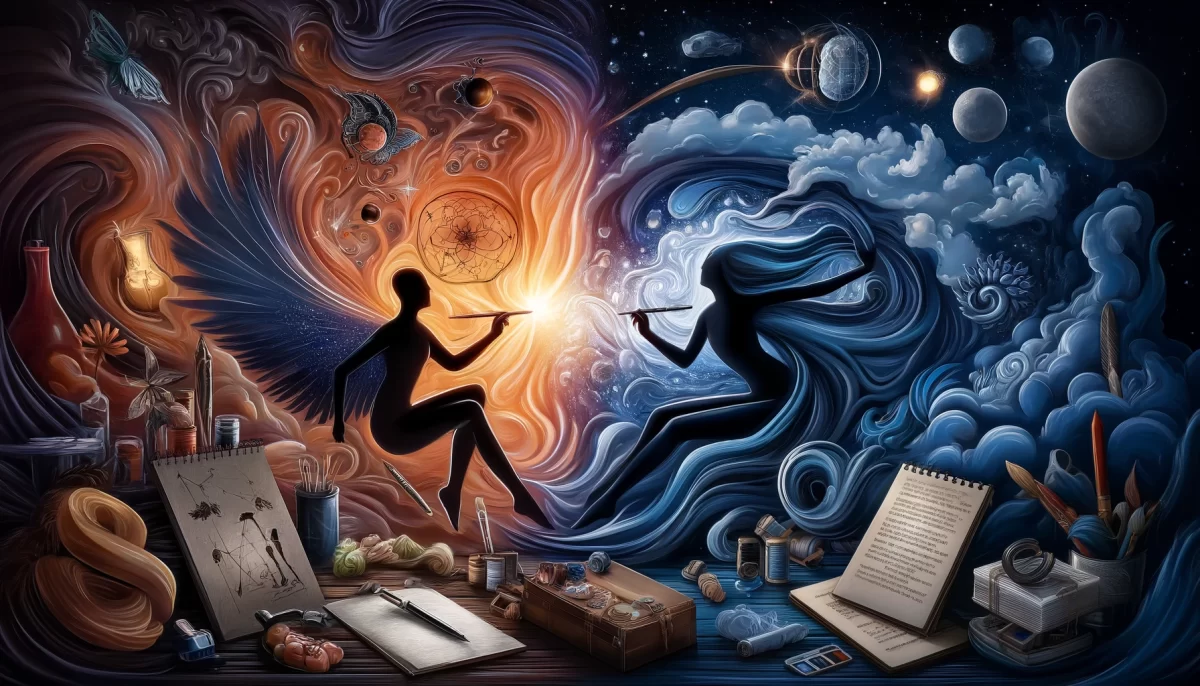






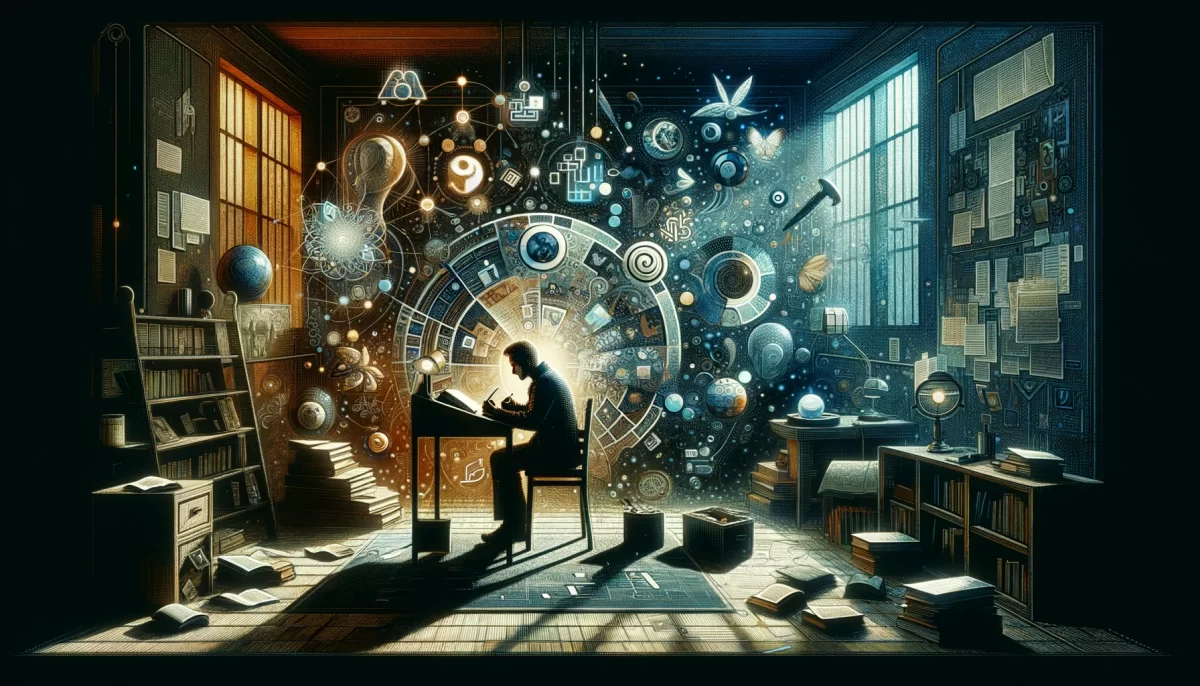
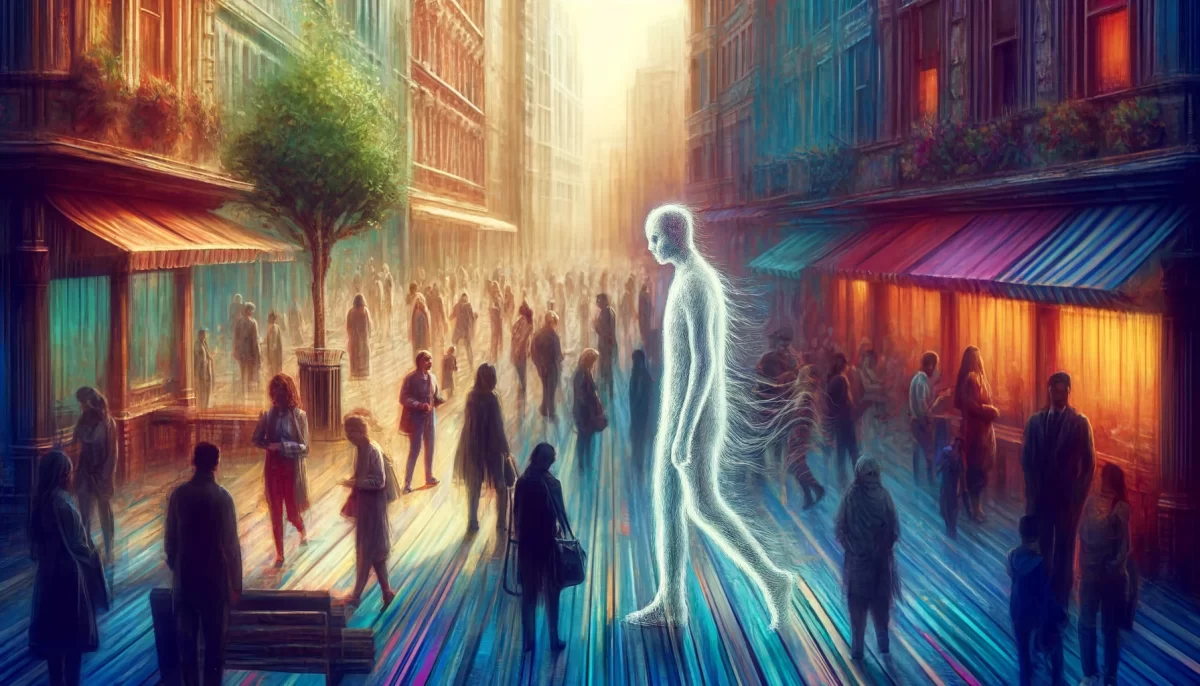



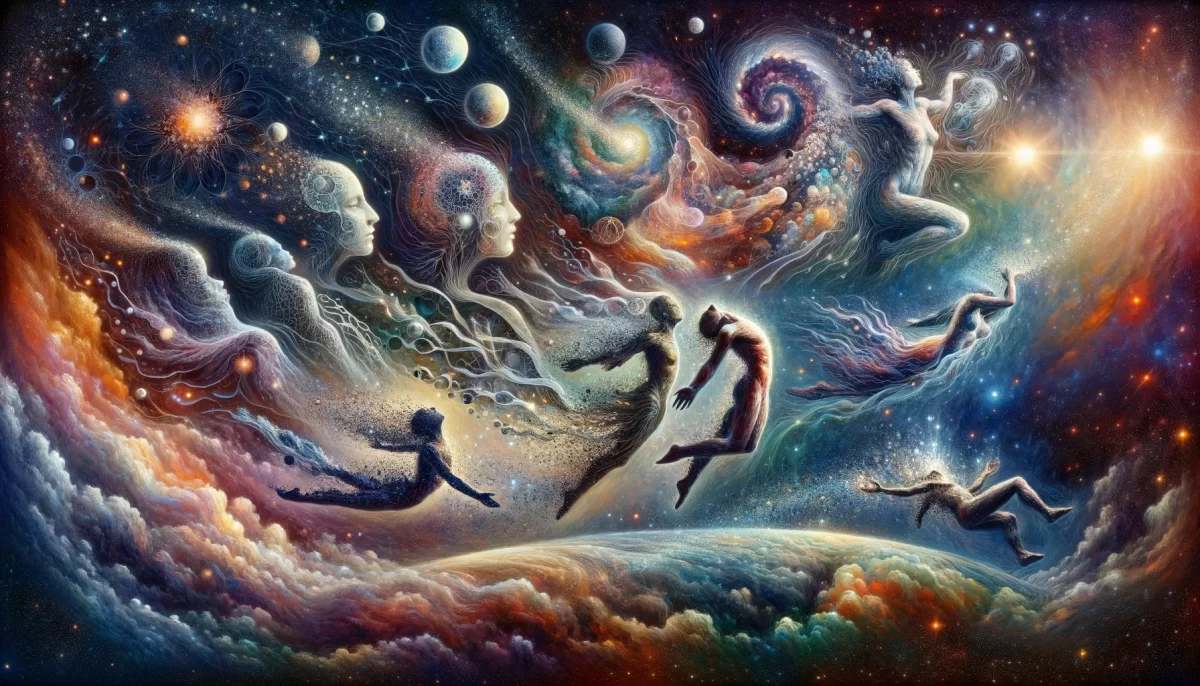
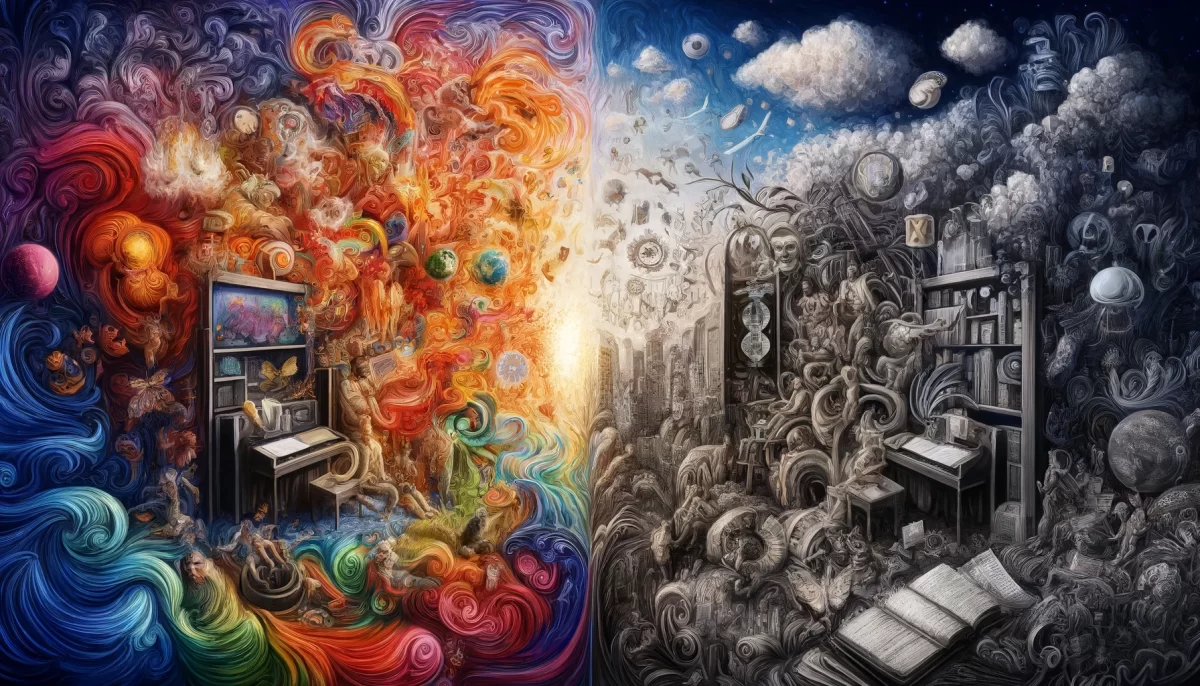

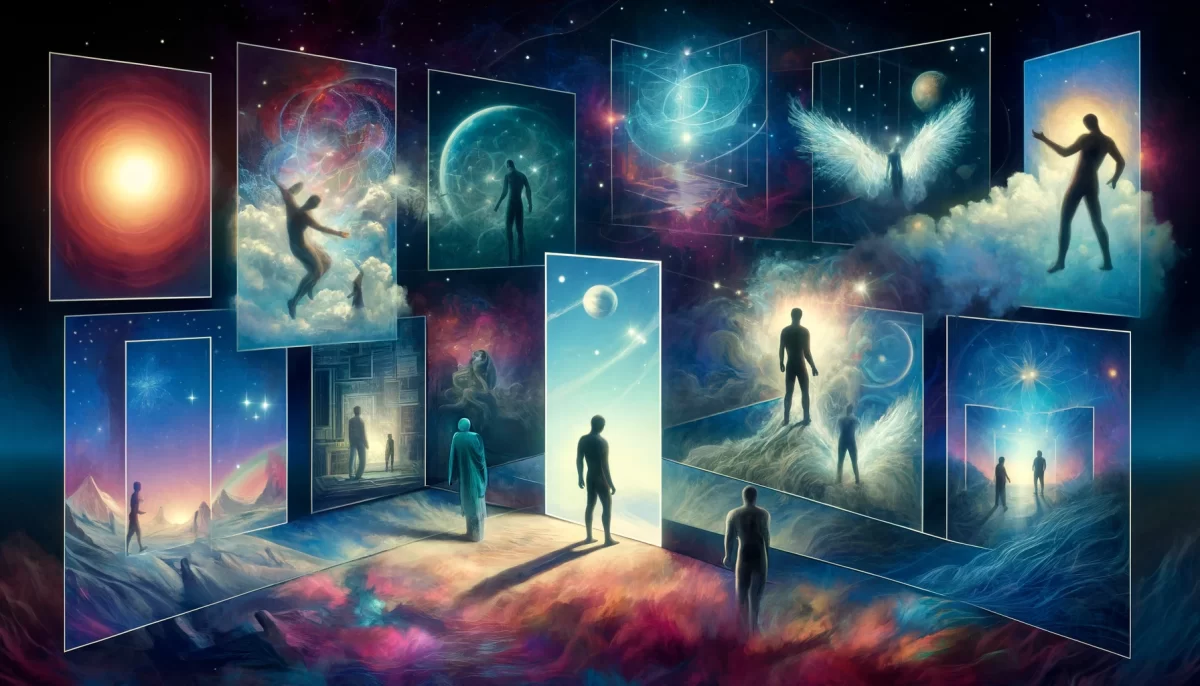
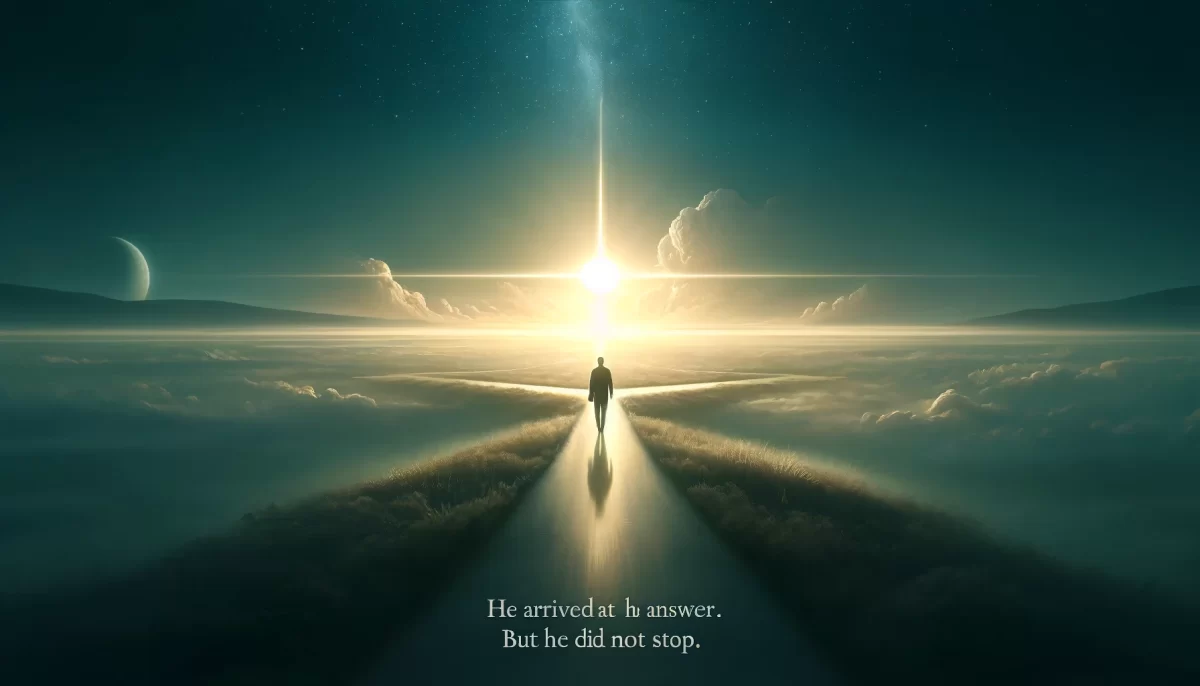

In the realm of perception, the nature of lines becomes an intriguing contemplation. What we perceive as straight may contain hidden nuances and deviations, while what appears curvaceous may hold an underlying essence of linearity. The perception of lines, whether they be physical or metaphorical, is shaped by our own unique filters, biases, and interpretations.
A line, in its simplest form, is a connection between two points, a trajectory in space or time. Yet, the way we perceive this connection is influenced by our individual perspectives. Our experiences, beliefs, and even our emotions can shape the way we see lines and assign meaning to them.
Sometimes, what appears to be a straight line can subtly deviate from its expected course. It may bend and twist, revealing intricacies and complexities that were not immediately apparent. Conversely, what seems to be a curvaceous line can possess an underlying sense of direction and purpose, revealing an unseen harmony and order.
The perception of lines reflects the subjective nature of reality. It reminds us that our understanding of the world is filtered through our own minds, influenced by our biases and preconceptions. It invites us to question our assumptions and challenge our perceptions, recognizing that what we see is not always an absolute truth.
In the end, the perception of lines is a reminder of the beautiful complexity and fluidity of our existence. It encourages us to embrace the ever-shifting nature of our interpretations and to approach the world with curiosity and openness. For it is in the exploration of the perceived boundaries and connections that we may discover new perspectives, unveiling hidden truths and expanding our understanding.
May we navigate the lines of life with wonder and an open mind, acknowledging the malleability of perception and embracing the vast possibilities that lie within.